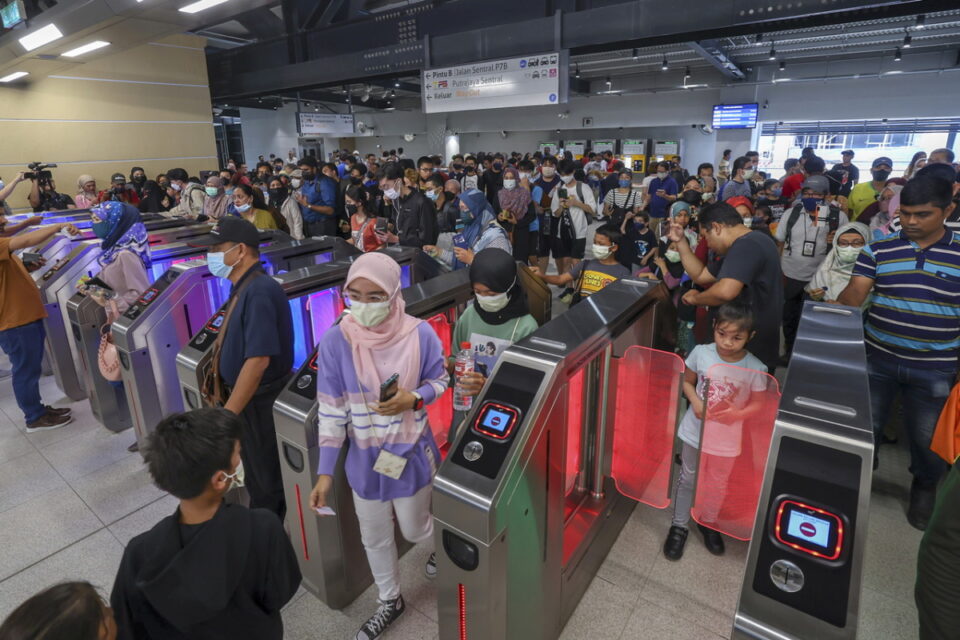SEPANG, April 6 — It is still too early to assess the effectiveness of the Mass Rapid Transit (MRT) service In the Putrajaya route in reducing traffic congestion, said Transport Minister Anthony Loke.
This is because the congestion at peak hours is still critical, including on the MEX Highway, the Federal Highway, and the Kuala Lumpur-Sungai Besi Highway, especially in the morning and evening, he said.
“The situation of peak hour congestion, especially during the month of Ramadan, is quite critical… but it is still too early to see the effectiveness of this MRT line to reduce road congestion,” he said.
The Putrajaya MRT line was launched by Prime Minister Datuk Seri Anwar Ibrahim and began full operation on March 16.
Speaking at a press conference after launching the Express Rail Link Sdn Bhd (ERL) Renewable Energy Programme at the Salak Tinggi ERL Complex here today, Loke said his ministry was aiming for the Putrajaya line to be used by 200,000 passengers every day compared to about 80,000 at present.
The number of passengers recorded during the first two weeks when operating for free was 100,000 per day.
“It is normal because if it is free, many people will use it, but we see the trend of the number of passengers using public transport now continues to increase.
“We will take some time to increase the number of passengers, indeed in all rail services this is a normal thing which takes time,” he said.
Meanwhile, Loke said the renewable energy programme initiative will be extended to public transport stations across the country, especially for the rail transport sector.
“This policy will be extended to operators such as Prasarana, Keretapi Tanah Melayu Bhd (KTMB) and in the future, we plan to install it on MRT and LRT stations around the Kelang Valley,” he said.
The first phase of ERL’s renewable energy programme involves the installation of solar panels on the roof of Bandar Tasik Selatan station and Salak Tinggi station which has been fully functional since last year, as well as the latest one at Salak Tinggi ERL Depot.
— Bernama





